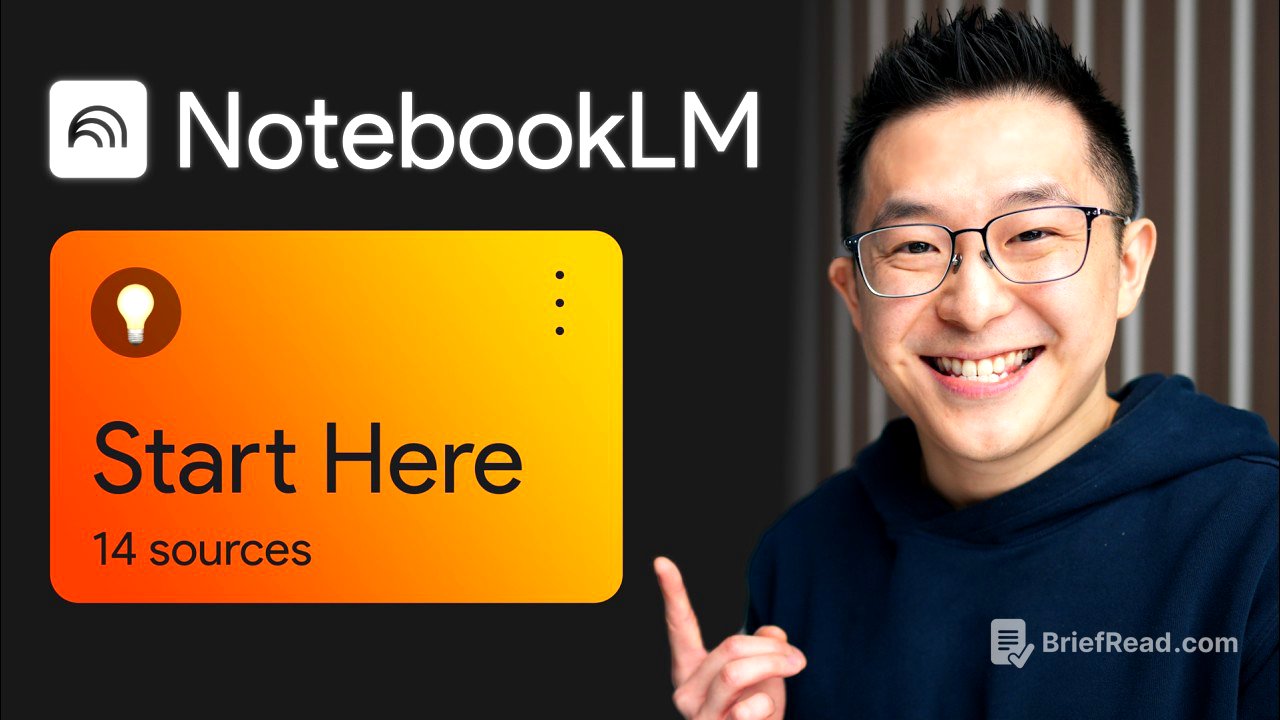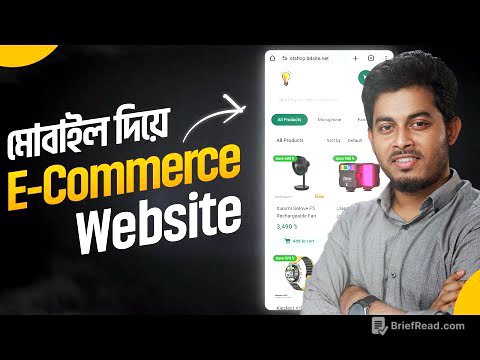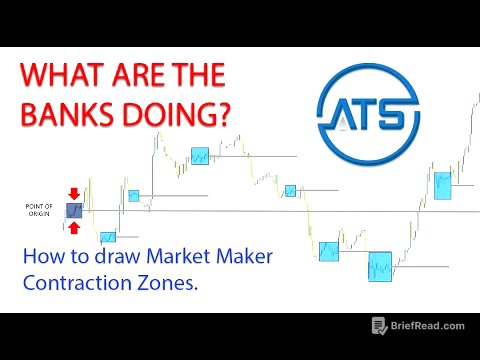Brief Summary
This video provides a comprehensive guide to using NotebookLM, highlighting its strengths in handling information from various sources with a low tolerance for hallucination. It covers the basics of setting up and using NotebookLM, demonstrates practical workflows for knowledge retrieval and project management, and offers tips for advanced usage, such as integrating it with other AI tools like Gemini. The video emphasizes NotebookLM's ability to synthesize information efficiently, making it a valuable tool for professionals dealing with large amounts of data.
- NotebookLM excels when hallucination is unacceptable, information is scattered, and quick, reliable synthesis is needed.
- Key features include source summaries, pre-created templates, suggested questions, and audio overviews.
- NotebookLM is effective for focused knowledge retrieval, project context management, and targeted insights.
When to use NotebookLM
NotebookLM is most effective when three criteria are met: a low tolerance for hallucination, working with information scattered across different locations and formats (documents, slides, text, video, audio), and the need to transform fragmented information into a cohesive output quickly. The video promises to cover key features, real-world use cases, and lesser-known tips in the next 15 minutes.
NotebookLM Basics
The initial NotebookLM interface can be overwhelming. It's recommended to navigate to the homepage by pressing escape and clicking the logo in the top left corner. The homepage should be bookmarked for future reference. Creating a new notebook involves naming it and uploading sources, such as health reports and a PDF version of "Tools of Titans." YouTube videos can also be added as sources by including video links on specific topics. Once sources are uploaded and processed, users can click into individual sources to view concise summaries generated by NotebookLM. The chat interface considers all selected sources, and sources can be deselected to exclude them from the analysis. The Notebook guide feature offers a quick start with source summaries, templates (FAQs, briefing docs), and suggested questions.
Step-by-step Workflow
Interacting with NotebookLM involves asking questions and receiving generated answers. For example, asking for the top 10 health trends based on past reports yields a list of observations, such as elevated uric acid levels. By adding a video on uric acid as a source, one can ask for the top three things to lower uric acid levels. Inline citations link back to the source transcript for verification. It's crucial to save useful outputs as notes, as they disappear upon reloading the notebook because NotebookLM is not trained on uploaded data or conversations. NotebookLM can cross-reference multiple sources to connect relevant information and produce outputs efficiently. It can also identify when sources do not contain information on a specific topic, highlighting its ability to avoid hallucination compared to models like Google Gemini. Notes can be converted into standalone sources, copied, and pasted for use elsewhere.
Focused Knowledge Retrieval
NotebookLM can be used for focused knowledge retrieval by creating notebooks with specific sets of documents. For example, a notebook containing equipment manuals allows users to quickly find information on updating firmware or enabling settings. This can be replicated by finding user manuals online, often in PDF format. Websites can be added as sources, though some may block NotebookLM, which can be bypassed by copying and pasting the text. Other examples include a tax and accounting notebook with tax codes and audit reports, enabling users to ask about tax obligations and financial trends. A recruiting notebook with HR guidelines, performance rubrics, and interview notes can help prepare for interviews by providing key achievements, relevant skills, and suggested questions. When interviewing, remember to select only the relevant documents to avoid incorporating information from other candidates.
Project Context Engine
NotebookLM can serve as a project context engine, with a notebook for each project containing meeting notes, project plans, and documents from similar projects. Project managers benefit from this by synthesizing information from different locations into an easy-to-digest format. Suggested templates can be used to create briefing documents, campaign timelines, and FAQs. Uploading meeting transcripts from Zoom or Google Meet allows for accurate answers to questions about outstanding tasks or meeting recaps. Learnings and strategies from previous projects can be identified for incorporation into future campaigns. If struggling to get started, upload related files and try the suggested questions.
Targeted Insights Studio
NotebookLM can be used as a targeted insights studio by creating notebooks on specific topics, such as AI and tech industry trends. An earnings analysis notebook with earnings reports and tech analyst articles allows users to ask targeted questions about monetization strategies and differences in AI strategies among companies like Google, Meta, Amazon, and Apple. NotebookLM provides concise summaries and expands on respective strategies. Personalized podcast episodes can be generated by customizing audio overviews with specific instructions. When adding Google Docs or Slides as sources, files can be resynced to ensure the most up-to-date information is used.
Beyond the Basics
While NotebookLM rarely hallucinates, it is not optimized for creativity. Outputs can be further refined using tools like Gemini or Claude. NotebookLM can absorb a massive amount of information, around 25 million words per notebook, compared to other AI tools. Although capped at 20 sources per notebook, multiple documents can be combined into one file. The quality of sources is extremely important, with well-established publications providing better outputs than low-quality blog posts.





![The CONSTITUTION [APUSH Review Unit 3 Topic 9 (3.9)] Period 3: 1754-1800](https://wm-img.halpindev.com/p-briefread_c-10_b-10/urlb/aHR0cDovL2ltZy55b3V0dWJlLmNvbS92aS82NlkxeUx2SFVQdy9ocWRlZmF1bHQuanBn.jpg)


